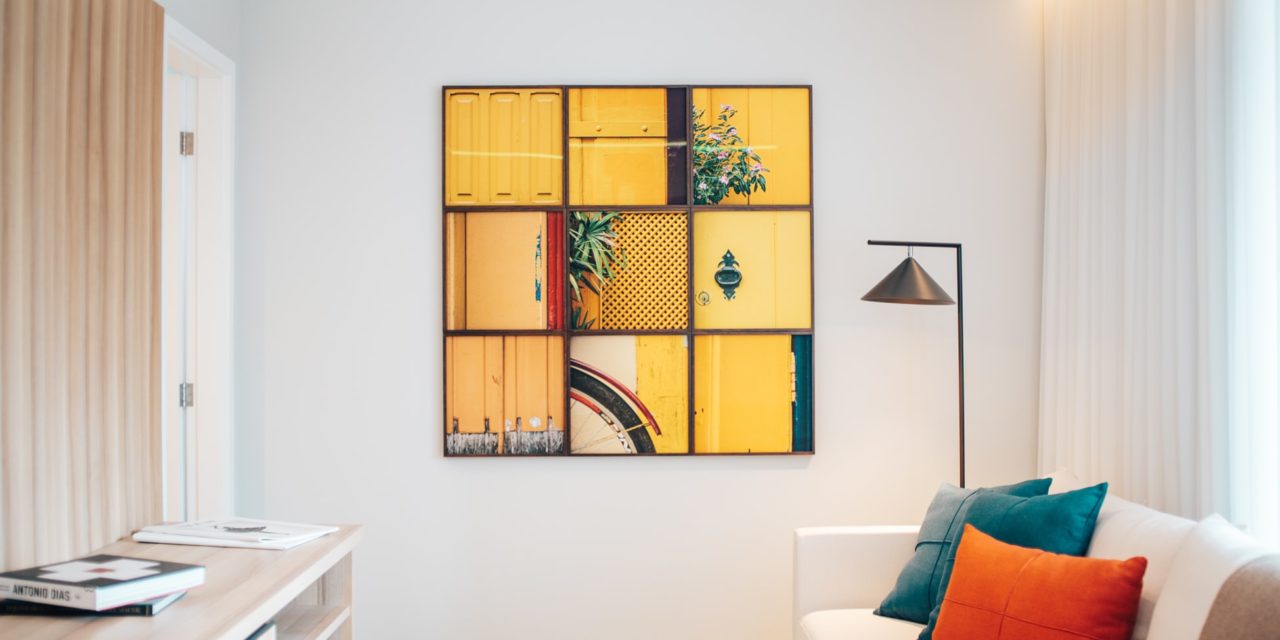[ad_1]
When it comes to home interior design right now whether it is things is Moroccan home decor. These homes include the traditional Moroccan decor but then adds a little twist of modern in the process.
Moroccan furniture and home decor accessories include a craftsmanship which is legendary, and incredible beauty that cannot be found in any other products. You will find intricate designs, elaborate patterns, vibrant colors, rich and luxurious fabrics, various metals, and numerous pieces of art which will give your home a royal look and feel.
Regardless of your style preferences when it comes to vases, Moroccan furniture, mirrors, lamps, and other items, you will find many pieces in Moroccan home decor that will appeal to you. When you blend traditional Moroccan decor together with modern design you will get a home that you love.
When it comes to Moroccan home decor there are six essential accessories which can really help pull your rooms, and your entire home, together for an incredible look and feel that both you and visitors will enjoy. These accessories include:
Mirrors
If you want Moroccan home decor then mirrors should be considered an essential accessory for this home decorating style. Moroccan mirrors are elaborate, with intricate designs and inlays that make them a unique piece of art that is incredibly beautiful and detailed. You can also find these mirrors in simpler styles as well, and the final choice will depend on your both your budget and your preferences.
Moroccan Pottery And Vases
All Moroccan pottery including vases and other pieces are still created by hand, without any assembly-line techniques being used and with natural clay used as the material. With the purchase of a Moroccan vase you are choosing an original and unique art piece as well as a home decoration. Moroccan currents and vases are crafted using natural materials that are raw, and that they are either metal stamped or painted for decorative accents.
Table Tops Of Moroccan Design
Mosaic tabletops of Moroccan design include vibrant colors and extravagant patterns using Mosaic tiles, paint it designs, or carved inlays for a unique look that is sure to be the focal point of any room. These pieces of Moroccan furniture include any or a details at decorations, so that you do not need to add additional ones. These tabletops can be used without any other accessories or they can be paired with Moroccan lamps or vases for a more layered look.
Moroccan Home Lighting Fixtures
Moroccan home lighting is another essential accessory if you are going with Moroccan home decor. You can choose from a number of different home lighting types, including wall sconces, Moroccan lanterns, lamps, and chandeliers. The design type will determine how much light is actually emitted from the fixture. You can choose from lampshades created using different animal skins, glass types, metals, and even bead work. You'll also find colors that are vibrant and come in earth tones which are warm.
Room Dividers
Room dividers are used in Moroccan home decor for privacy, as well as for interior decoration. For an additional flair you can hang star Moroccan lamps or Moroccan lanterns from these dividers. These pieces of Moroccan furniture are intended to block off certain areas of the room for any reason that you choose, and they are gorgeous decorations as well as functional.
Traditional Moroccan Area Rugs
Traditional area rugs in the Moroccan style are essential accessories for authentic Moroccan home decor. These rugs include brilliant colors and elaborate designs, and no two are the same so each one is a unique piece of art. Moroccan area rugs are not only used to create layers and beautiful images on the floor, these showpieces are also hung from the wall as decorative wall pieces as well. Even today Moroccan rugs are still created by hand using the same process that techniques that have been used for hundreds of years. Whether you choose to use one of these rugs as accent or as the focal piece of the room, you will not be disappointed with the results.
[ad_2]
Source by Seomul Evans


